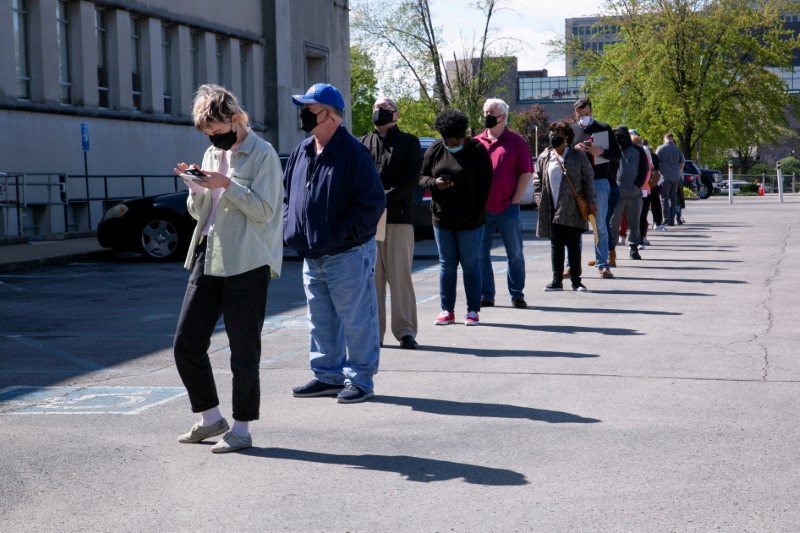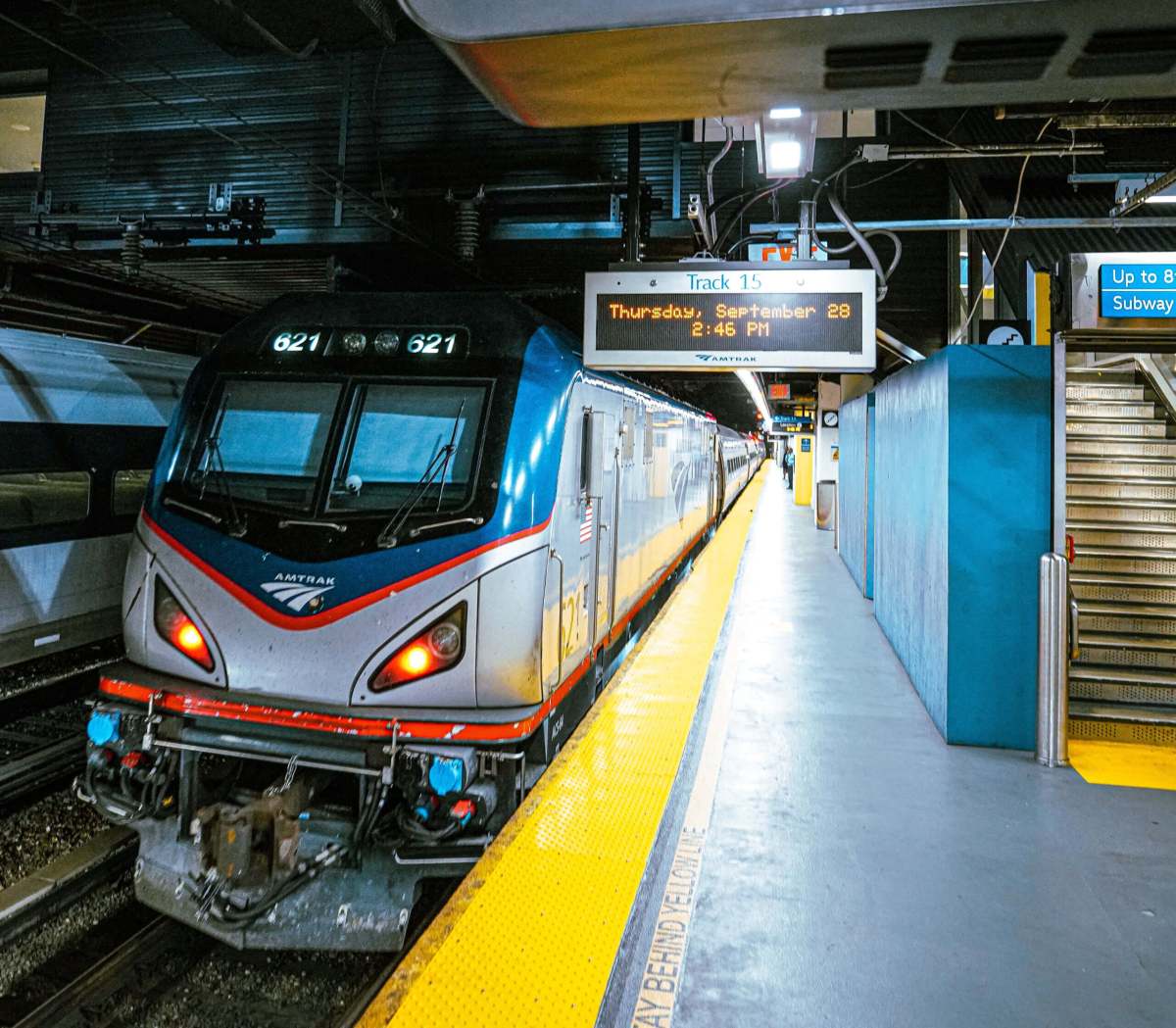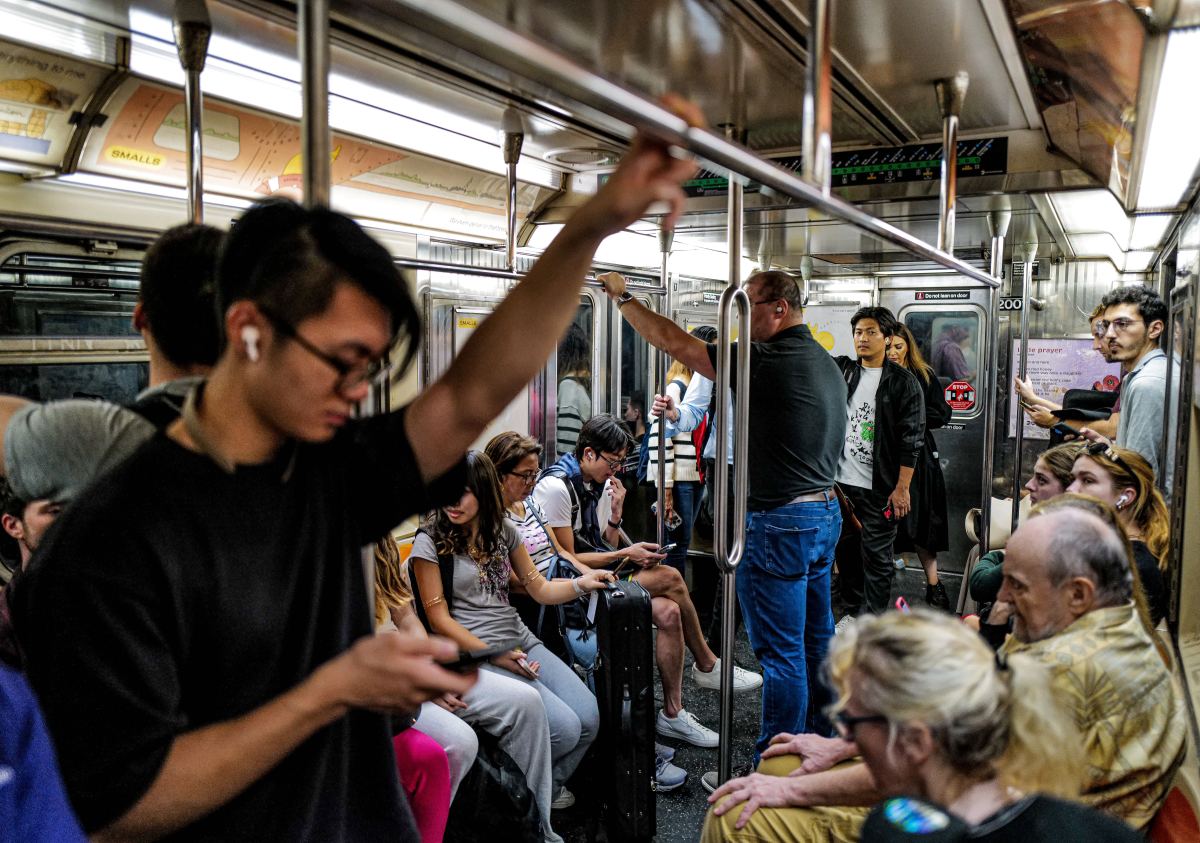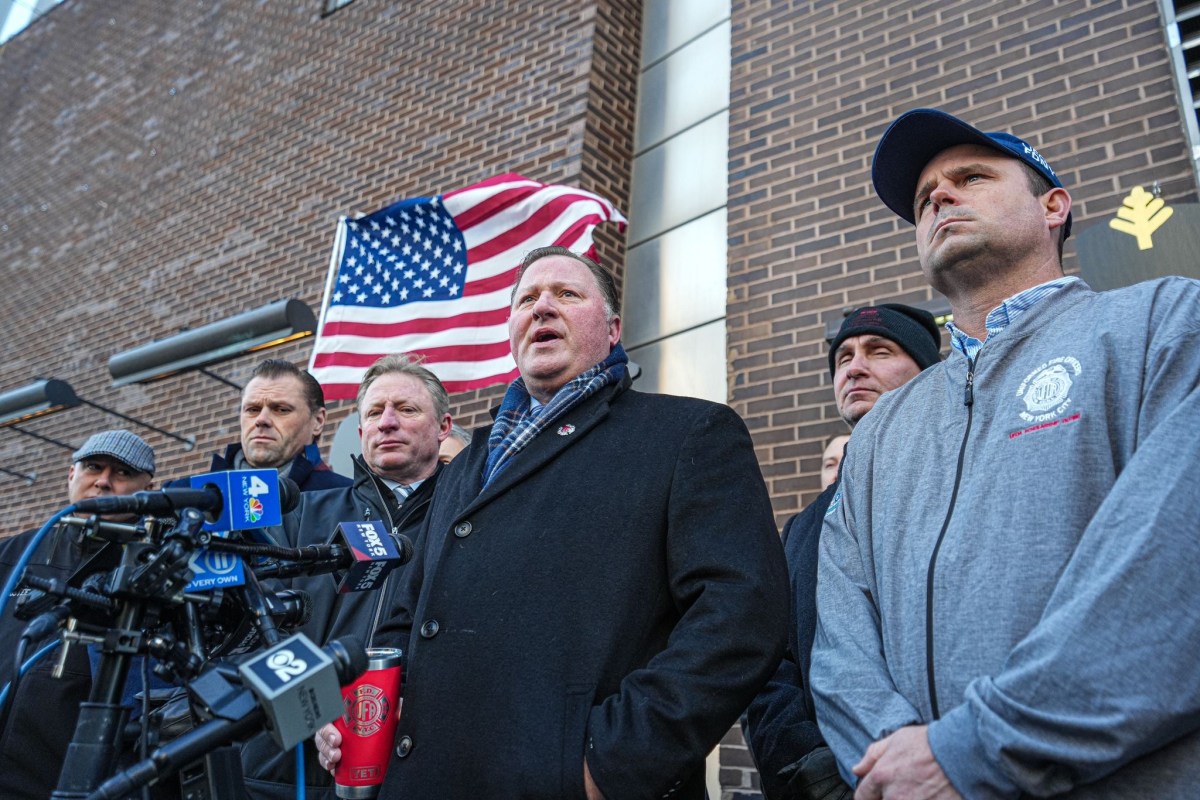WASHINGTON (Reuters) – The 25 U.S. states calling an early halt to pandemic-related federal unemployment benefits have recovered more of the jobs lost during the crisis than other states, possibly limiting how much of a dent ending the weekly $300 payments will make in the national battle to fill record job vacancies.
Republicans have taken aim at the enhanced benefits, which were first approved by Congress in a massive relief package last year and later extended, arguing they discourage people from returning to work and are no longer needed given the easing pandemic. Four Republican-led states are ending the payments as of Saturday, with 21 others following suit through early July.
“Business owners … are struggling not because of COVID-19 but because of labor shortages resulting from these excessive federal unemployment programs,” Missouri Governor Mike Parson said last month as he announced a June 12 cut-off to the payments in his state. Payments to sole proprietors and contractors typically not eligible for unemployment insurance also will end.
But in Missouri, as in the other states pulling the plug early on the benefits, the margin to boost local labor supply may be thinning.
The state already has clawed back about 90% of the jobs it lost last year as the spread of the coronavirus devastated the U.S. economy. As of April, when its payroll jobs topped 2.94 million, there were only 16,000 more unemployed Missourians than before the pandemic, and about 93,000 collecting pandemic unemployment benefits. That pool includes solo contractors and gig workers on benefits for the first time during the crisis, and it is unclear how many will shift to conventional payroll jobs or resume old ones.
Job recoveries and unemployment https://graphics.reuters.com/USA-ECONOMY/JOBLESS/gjnvwmbbdvw/chart.png
Overall, U.S. Bureau of Labor Statistics data for April, the latest available, showed the 25 states planning to cancel benefits early have recovered about 80% of the jobs they lost during the crisis, versus a 66% recovery rate in the rest of the nation.
About 2.4 million more people in the states stopping the benefits early are either unemployed or no longer looking for work than before the pandemic, versus about 7.5 million payroll jobs still missing nationwide, and 9.3 million open jobs in April.
Stopping versus non stopping states https://graphics.reuters.com/USA-ECONOMY/JOBLESS/qmypmzxqjvr/chart.png
The numbers suggest the job market may remain clogged – and hiring slow – for months amid a gulf between the workers needed as the economy reopens and the willingness of people to take jobs at the offered wage or unable to work at all given issues like child care that were intensified by the pandemic.
The enhanced unemployment benefits expire nationwide in September.
REAL-TIME EXPERIMENT
The situation has led to a confused run of statistics: there is currently about one job opening nationally for every unemployed person, something usually associated with very healthy labor markets. Wages are rising. Yet there are about 3.6 million more people unemployed than before the pandemic, and about 3.5 million have left the job market altogether.
Job openings to unemployed https://graphics.reuters.com/USA-ECONOMY/JOLTS/azgpogkqxpd/chart.png
The early end of benefits in half the country has set up an experiment around how much the weekly $300 is influencing behavior and how many more people can be coaxed back into the workforce. The supplement led some people to earn more than they did while working.
Even in the states where benefits are ending, the situation may be hard to read. On a nonseasonally adjusted basis, continuing claims for unemployment insurance fell by around 5% nationwide for the week ending May 29; the decline was about the same in states stopping benefits early and those that are not. Unadjusted continuing claims in Alaska, Iowa, Mississippi and Missouri – the four states ending benefits as of June 12 – rose 1.8%.
A red state roll off https://graphics.reuters.com/USA-ECONOMY/EMPLOYMENT/gjnvwmwzlvw/chart.png
Jed Kolko, chief economist at Indeed Hiring Lab, said state-by-state data showed a “modest, brief” increase in job searches as states announced that benefits would end early, but it has tended to fade.
“If overly generous federal (unemployment insurance) benefits were holding back job seekers, then we would expect search activity to increase, relative to the national trend, in states where those benefits are ending sooner,” he wrote. Instead, job searches in states ending benefits this week and next are below the national average, and “it is unclear why.”
Job search and unemployment benefits https://graphics.reuters.com/USA-ECONOMY/JOBS/xlbvgkmoevq/chart.png
ST. LOUIS CARVE-OUT?
In one major city at least, local policy may end up pulling against the state.
Officials in St. Louis are discussing a plan to make up the benefits that around 9,600 residents will lose when Missouri stops the federal unemployment supplement. The source of money: other federal funds provided under the Biden administration’s $1.9 trillion American Rescue Plan relief package, which is sending around $110 billion to local governments with broad discretion for them to use as needed.
The idea, which still needs to be approved by local elected officials, could restore the lost benefits for some residents by early July.
“Families are going to get hit next week and hopefully they can weather a week or two,” while St. Louis Mayor Tishaura Jones and the city’s aldermen decide whether to spend about $35 million of the available $517 million in federal pandemic aid to make up for the lost unemployment payments, said Richard von Glahn, policy director of Missouri Jobs with Justice.
Restoring the job market to its pre-pandemic normal, with ultra-low unemployment and increased gains for less-educated and lower-income workers, is the critical missing link in a U.S. economic recovery where the rebound in overall output has outpaced the jobs recovery. It’s a priority for President Joe Biden’s administration, and the driving logic behind the Federal Reserve’s intent to keep monetary policy in crisis-fighting mode until job markets are healed.
The fast rollout of coronavirus vaccination programs this year and the broad easing of restrictions on commerce and movement seemed to set the stage for just that, as companies planned to expand their headcounts to meet a surge in new business.
After a jump of nearly 1 million new jobs in March, however, hiring slowed in April before picking up in May – even as the number of job postings reached record highs. Calls to end the unemployment benefits have increased as a result.
(Reporting by Howard Schneider; Editing by Dan Burns and Paul Simao)


























